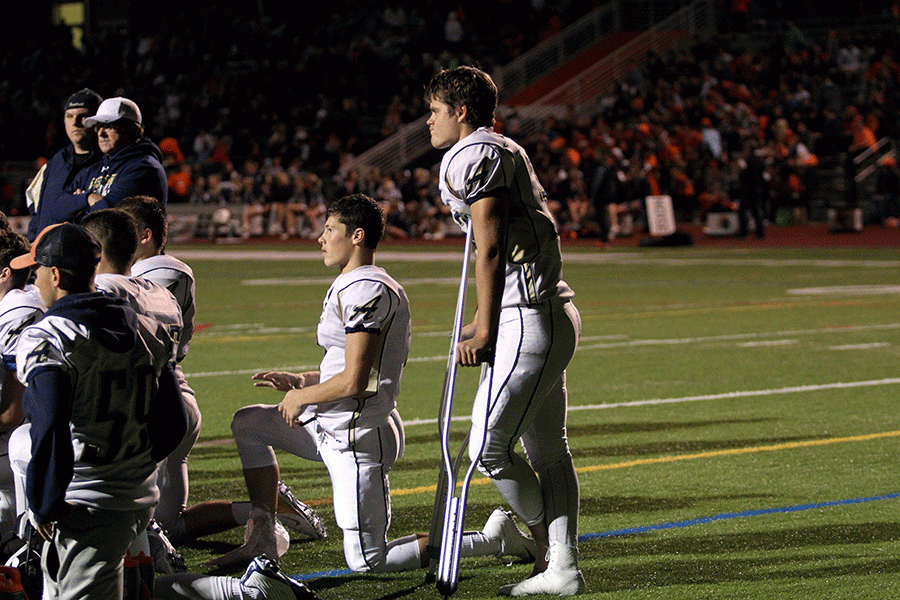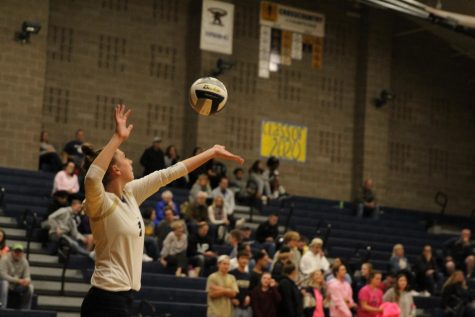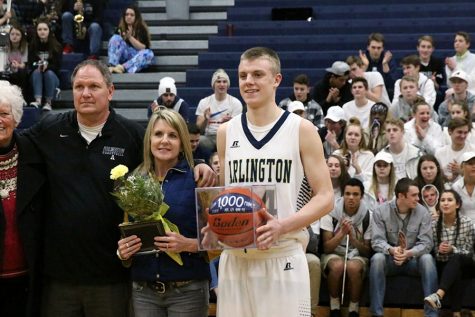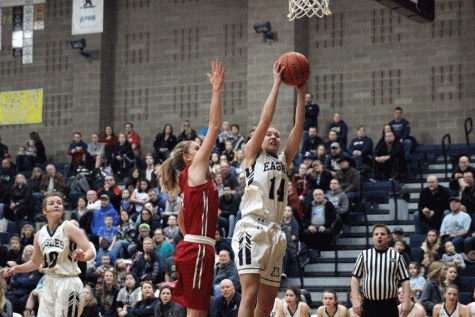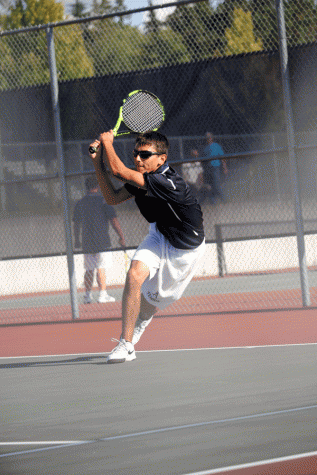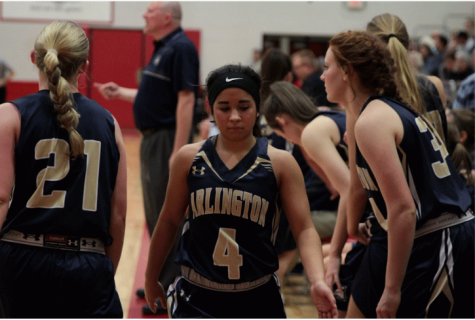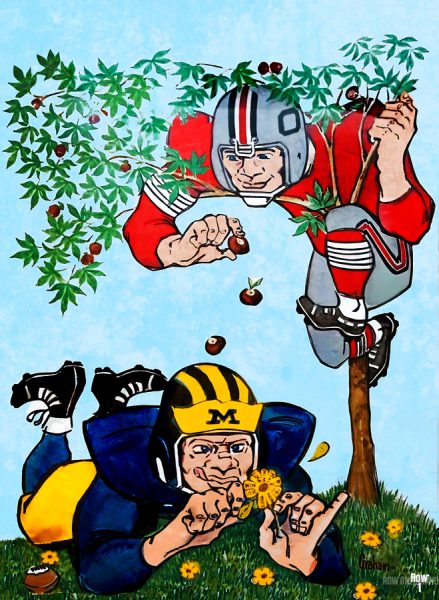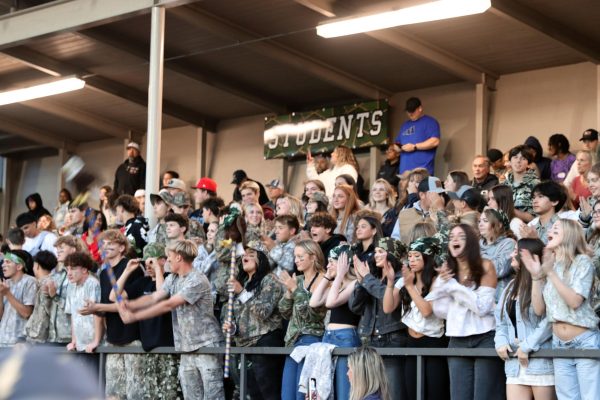Battling Through Injury
Injuries are a constant in sports. They can take a star player away from your fantasy lineup, or they can put your friend in the hospital. While the media generally does a great job of announcing an injury, the recovery process is left out of the public’s view. While the season continues on, an injured player must go through weeks, sometimes months, of recovery before they can play once again. This period of time can make or break a player’s chance at being back to full capabilities.
In professional sports, players make their living through being on the field and playing. If you’re Tom Brady, it’s much more significant if you break your arm than if an accountant suffers the same injury.
The concept of something as common as an injury being the only thing needed to keep you from contributing to a team weighs heavy on the mind of most injured athletes.
Jordan Smith (‘16), a defensive back for the Arlington varsity football team, is currently working his way back into the defensive rotation for the Eagles after sustaining a sprained ankle and a bruised fibula in the 45-35 win over Snohomish on 9/11.
“The hardest part of being injured is not being able to go out and help your teammates,” said Smith.
An athlete’s contribution to a team is measured through their ability to contribute on the field, and when they are sidelined, that contribution isn’t an option.
The first reaction to injury as an athlete is the desire to play as soon as possible. This last Saturday, point guard Tylor Morton (‘16) broke his ankle on a block attempt in a Arlington Basketball Fall League game. Morton could be heard asking to get back into the game five minutes after completely fracturing his leg. Granted, this reaction came from shock of the fracture, but athletes have a history of being adamant about playing despite an injury.
“Do everything you can, even outside the training room, to get better. Don’t just do what the athletic trainer says,” added Smith.
While an injury to a key player can send a team into a slump, they can also give a team a reason to play harder.
George Spady (‘16), a defensive leader for the Eagles, left the game early during the Stilly Cup against Stanwood due to a severe concussion that came as a result of a hard head-to-head collision.
At first, Spady attempted to walk away from the play, giving the impression that no serious damage had been dealt. After about two seconds of being on his feet, he collapsed and had to be taken off the field by multiple teammates. Spady, unable to keep his eyes open while laying on the sideline, was taken away from the game in an ambulance and taken to the hospital.
In 2015 alone, there has been seven high school football related deaths, most of which coming as a result of head trauma, making Spady’s injury even more alarming.
Kyle Bayer (‘16), a wide receiver for Arlington, was watching as the hit occurred and Spady was being carried off the field.
“I was scared. I didn’t know what was going on,” said Bayer. “He is definitely a leader on defense and for the rest of the game we were playing for George, not the Stilly Cup.”
When asked about the fear of being injured, Bayer said, “I just eliminate the thought of it.”
Heading into the playoffs, an injury can result in a loss of morale for a team. But two of the Eagles’ strongest performances of the season have come after the loss of Spady, proving their ability to rally for their sidelined teammate.
Losing a key player does more than give the team something to fight for. It also opens up the opportunity for others to help keep the team afloat.
Devon Nutter (‘16) has stepped up to fill the role of starting running back after Kyler Smith (‘16) was injured early in the season and has struggled to get back to 100%. Nutter has emerged as a surprise standout in the backfield, and has resolved the team’s worry of not upholding their run threat.
Nothing changes a season like an injury. For players, the common mindset is that they are going to put in the work necessary to get healthy. For teams, injuries can act as a wake up call, and send every single player into overdrive in their efforts. If handled correctly, battling through an injury can be a swift process, and result in a smarter player, and an even closer team than before.




